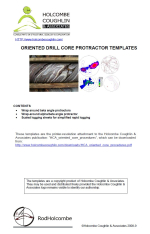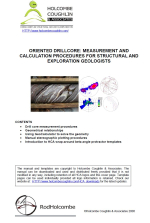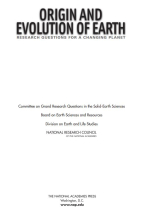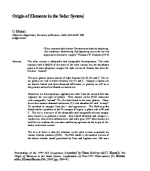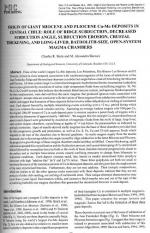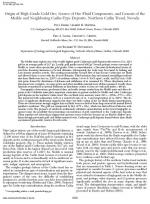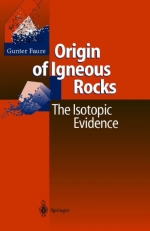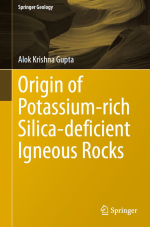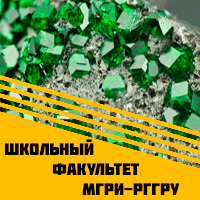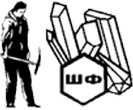Three of the world's largest Cu-Mo deposits, Los Pelambres, Rio Blanco-Los Bronces and El Teniente, formed in close temporal association with southward migration of the locus of subduction of the Juan Fernandez Ridge and the resultant decrease in subduction angle below central Chile during the Miocene and Pliocene. All three contain large Cu-mineralised magmatic-hydrothermal biotite itourmaline ±anhydrite breccia pipes generated by exsolution of saline, high-temperature fluids from crystallising magmas. Sr, Nd, Pb, S, Os, 0 and H isotopic data indicate that the metals these breccias contain, and aqueous fluids responsible for their emplacement, were derived from the same magmas that produced igneous rocks associated with each deposit. Isotopic data are consistent with derivation of these magmas from subduction-modified subarc mantle, and suggest that formation of these deposits did not involve either dehydration or melting of continental crust. Each deposit formed by multiple mineralising events occurring over a >2 m.y. period during which there is no evidence for coeval volcanic activity. Assuming an average Andean magma with 100 ppm Cu, the original lOOxlO6 tonnes of Cu in each deposit prior to erosion requires a parent body of magma with a batholith-size dimension of approximately >600 km3. We suggest that the multiple Cu-mineralised breccia pipes in each deposit were generated by exsolution of magmatic fluids from the roofs of large, long-lived, open-system magma chambers, crystallising at depths of >4 km below the palaeosurface as indicated by


